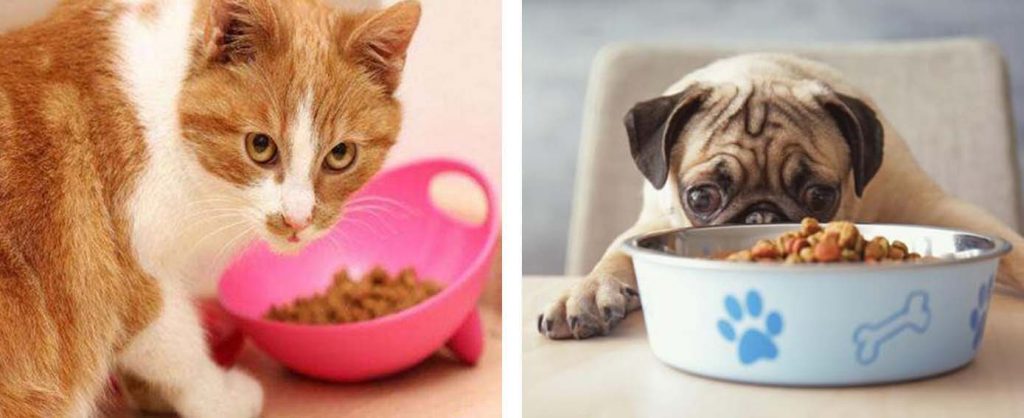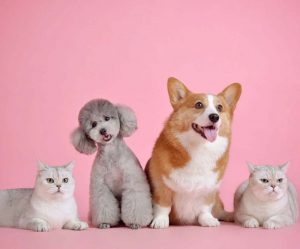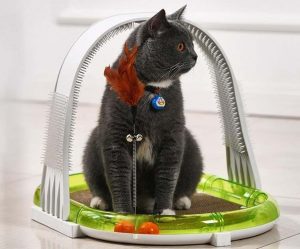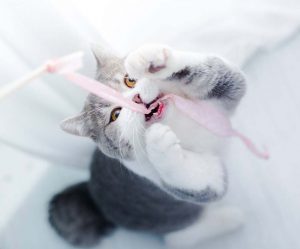For pets, eating is the happiest thing in their lives, but diseases are carried by the mouth, and so are people and pets. Therefore, cat bowls and dog bowls are closely related to the health of pets.
When choosing to play again, you should also choose according to your pet. Some dogs need a deeper bowl. If they choose to use a shallow bowl, they will eat all over the place. If a dog with long ears needs to use a narrow bowl, the dog can put its mouth into the bowl and eat the food. Flat-faced dogs need a shallow pet bowl. If the dog eats too fast, it can easily clog the food. If the pet bowl is too deep or too high, it will not be good for the pet to eat.
Using dirty bowls accelerates the spoilage of food and water. Children may have diarrhea or become reluctant to eat or drink.
In addition, we all have folliculitis headache, commonly known as black chin, bowl is not clean.
In order to completely change the “dirty” state of the pet bowl, for the sake of the baby’s health, we still want to make it as clean as possible.
First of all, choose stainless steel, ceramic and other hard bowl, less choose plastic, wood and other soft texture. Because soft bowls are more prone to small, invisible scratches, bacteria and dirt can thrive in them. Second, pet bowls are not a lifetime purchase. Get into the habit of changing your bowls, soft bowls every three months and hard bowls every two years.
Finally, of course, pay attention to daily cleaning. The more often the pet bowl is cleaned, the better, as long as it does not affect the use of the fur.
Completely cleaning the pet bowl is not water cleaning.
Just like our regular dishes, pet bowls need to be soaked in detergent, washed manually, and rinsed twice with clean water.
By the way, it is best not to dry the food bowl in the shade after washing, let alone put it into use immediately. Use clean blotting paper or toilet paper to dry the water and fill it with pet food.





